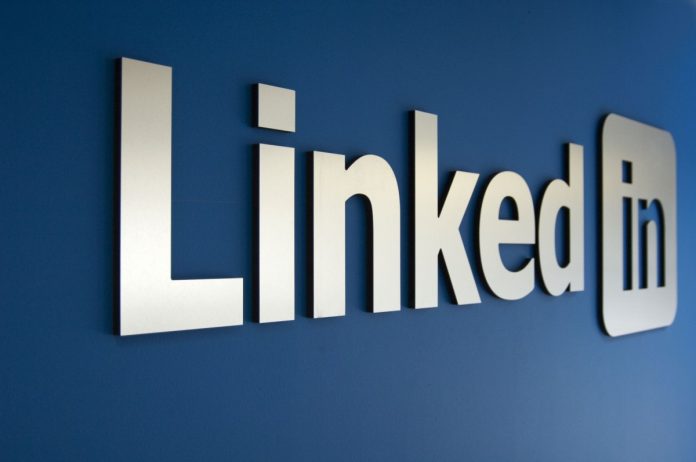Gone are the days when intimidating personnel wearing horn-rimmed glasses grilled and scrutinized people with their penetrating gaze in the dingy, dust-stained cubicles of their recruitment agencies.
The present age is digital, and so are its recruitment procedures.
“Job seekers database is not a gold mine anymore. Recruitments are carried out on social media these days, mainly through LinkedIn,” says Rahila Narejo, a neuroscience strategist and the Founder of Narejo HR – a top human resource consultancy firm operating out of Karachi.
“Recruitment and talent hunting services that were previously outsourced by many companies are now carried out in-house by human resource departments. This is mainly due to the availability of all kinds of recruitment tools on the internet.”
Digitalization has taken the world by a storm. It has laid concrete for the corporate sector to reduce physical labour and eventually, eliminate it for admin-related and entry-level tasks by incorporating virtual tools. The employment industry is no different.
Boom of digital media especially, the advent of Facebook, Twitter, and LinkedIn, during the early 2000s has altered the sphere of the recruitment market tremendously.
According to a report by DMR Stats, a digital stats gathering website, 94% recruiters in the world use LinkedIn to vet candidates. Furthermore, a job post on LinkedIn is likely to get 5.7 and 3.1 times more views than that on Facebook and Twitter respectively.
The practice is also getting common among the 1.5 million LinkedIn users in Pakistan, which includes both headhunters and job seekers. According to a report, Pakistan ranks among the top 22 LinkedIn using countries with respect to the number of members.
“I use LinkedIn regularly to reach out to candidates,” says Sana Mughal, Human Resource Manager at Infotainment World Pvt. Ltd. (HOT FM 105). Mughal herself was recruited through LinkedIn. “Entry level candidates can be found on any local job portal, but if one is looking for aspirants for a specialized and technical position, LinkedIn is the tool for them.”
Industry experts say it is not just small and medium scale companies that prefer LinkedIn for hiring employees, but multinational companies and large corporate giants also post job openings on the platform.
Additionally, one can access job openings by international companies on LinkedIn and can be considered by them more easily now.
“Pakistan is a little late to most things, but all around the world when a candidate is considered for a position, his entire social media presence whether it is Facebook, Twitter, or Instagram, is checked out before he is even called in for an interview,” says Maha Khalid, Career Advising Head at Career Counselling Portal Pakistan (CCP).
Executive Editor at Florida Today Newspaper, Bob Gabordi, who was in Pakistan recently, narrated a similar story where he put a cease to the hiring procedure of a very competent candidate after screening her Facebook account. This implies that not only LinkedIn, but other social platforms are also essential for landing jobs.
As reported in the studies by DMR, there are a total of 433 million users on LinkedIn and almost two new members are registered each second. An average user spends almost 17 minutes on LinkedIn each month. A job seeker, however, spends much more than that.

The acceptance of the job posting tool of LinkedIn can be gauged by the fact that 60% of the total revenues of LinkedIn were accumulated by the tool in 2015.
However, it is crucial to understand that the Pakistani job market, including that of multinationals, does not use the job seeking tool that LinkedIn has designed for recruiters.
“There is no evidence of actual hiring taking place from LinkedIn job applications. Headhunters hunt people through this medium and offer opportunities after interviews,” explains Khalid of CCP. “LinkedIn, however, helps professionals connect with job seekers.”
Talent acquisition companies and managers, instead, use LinkedIn to build contacts and approach individuals after studying their profiles. They use the networking tool rather than using the job posting tool.
While this professional networking tool has proved to be vital for both recruiters and job aspirants, one must be on the watch out for fake job openings that have also been reported lately.
One example is the case of Fatima Hussain, a job seeker who has been working from home for several years now. “I was hired for an accounting project. The Manager HR who approached me didn’t appear to be a fraud, even for a minute,” recalls Hussain. “He and his company vanished in thin air after the month ended. And so did my pay-check.”
Despite the cons, the popularity of LinkedIn has proved to augment the working procedures of the recruitment industry tremendously. Unlike before, the present age needs us not to be a master of generalities.
“Now is the age of specialists. We cannot afford to be generalists anymore,” believes Narejo.




